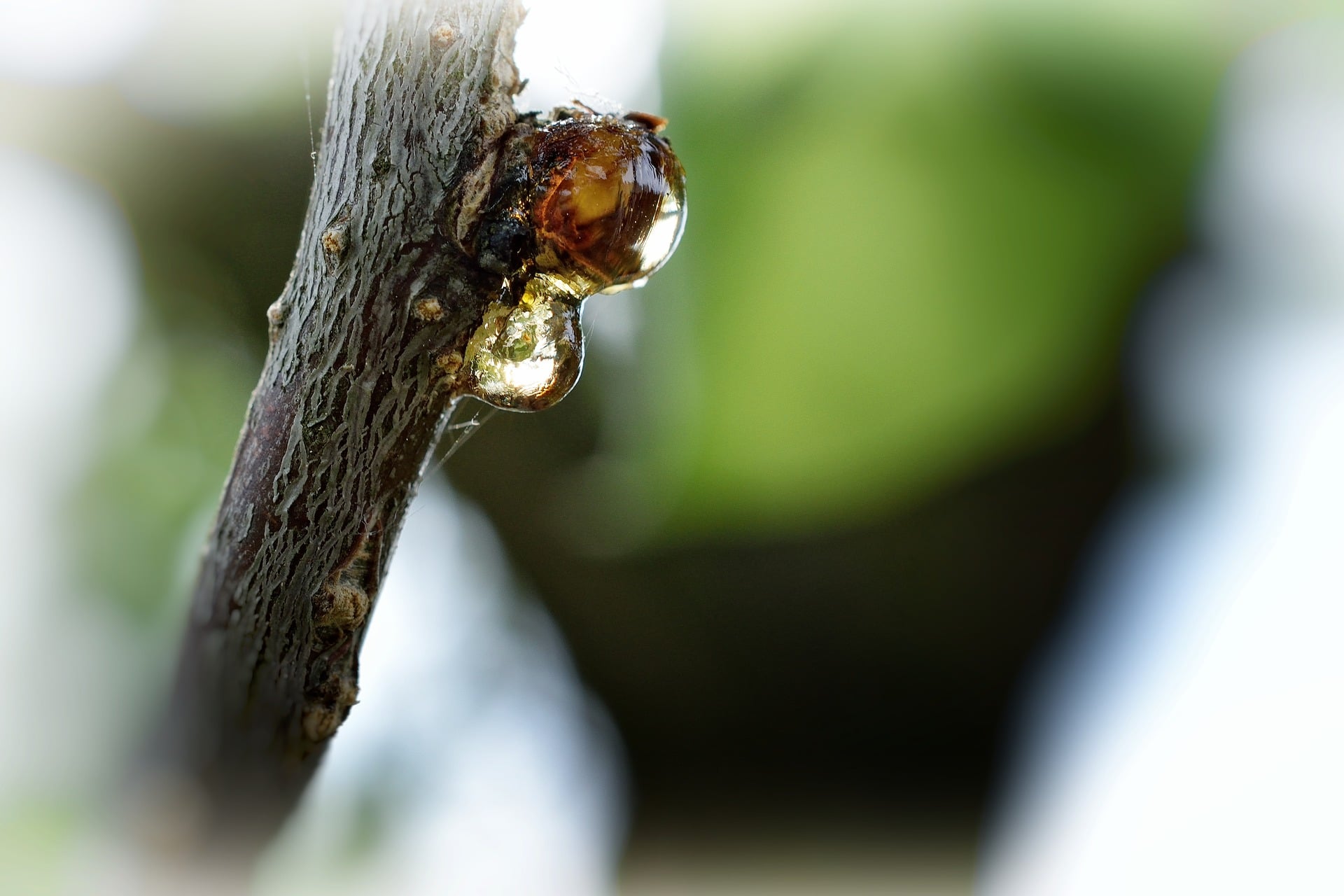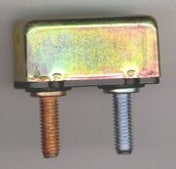WEnRV travel news, products, and industry trends
Mark My Words June: Sticky Sap and ‘Battery Disconnect’
Hi all! Hope your summer of RVing is off to a great start! This month we’ve got some questions on common RV problems. Remember to send your RVing questions to This email address is being protected from spambots. You need JavaScript enabled to view it..
Howdy Mark,
What product can I use to remove “sap” from my rubber roof and travel trailer?
Thank you,
Frank
Hi Frank,
This is a common problem, and the rubber roof complicates it a bit as you should not use petroleum solvents on it. You can always use a cleaning product designed for rubber roofs, like Thetford’s Rubber Roof Cleaner & Conditioner, but there are some other possible solutions. Folks report good results using rubbing alcohol (or drinking alcohol), and some folks have successfully used Goo-Gone, but I would suggest caution as it is powerful stuff! You may think I’m a loony when I tell you that mayonnaise is very effective on tree sap. Really! I read about it somewhere years ago, tried it, and was amazed at how well it works. It will dissolve tree sap on skin, clothing, auto paint and even on rubber roofs. Spread it on, let it sit for a few minutes, and wipe off. Then clean the area with soapy water to remove the residue.

Photo: Frantisek Krejci
Hi Mark,
What is the best way to flush out the galley tank and the grey-water tank? For the black tank, you can pour water down the toilet. Do you do the grey water and galley the same way? It would take a while to fill the two tanks that way.
Sincerely,
Tom
Hi Tom,
Probably the best way to effectively flush your grey tanks is to add permanently mounted tank flushers to them. These flushers are great for the black tank, too. They will simplify the flushing process greatly and keep your tanks clean. Check out the Camco Quickie Flush for an example. The diagram on this link from the Camco Quickie Flush instruction sheet shows details on how the flusher is typically installed. These are a great add-on gadget, and the kit is easily installed by the average do-it-yourselfer if you can access your holding tanks under the rig or through a compartment. Here’s a tip: figure out where the level gauge sensors are installed on your tank and install the tank rinser spray head in a position across the tank from the sensors. That way, the water stream from the rinser will spray directly on the sensors and help keep them working properly.

Photo: Julie Chikery
Hello Mark,
What exactly does the “battery disconnect” do in my motorhome? Should the light on the panel board by the battery disconnect be on? Please explain this to me in layman’s terms. I am a widow and this wonderful motorhome is mine. I need to understand everything about it, but I just do not understand the battery disconnect. Thank you so much for taking the time to answer my question.
Thanks,
Cathy
Hi Cathy:
The battery disconnect switch is designed to disconnect the battery system from appliances and lights in your RV. When the switch is on, the pilot light (if so equipped) will glow, and 12V power will be supplied to all of the lights, fans, and appliances inside your rig. When the switch is off, it shuts everything off, effectively isolating the battery to prevent it from being run down. Your rig may have two separate switches, one for the “house” or “coach” battery and one for the engine starting battery. They both work the same way. You would normally only turn those switches off if you were going to store the rig for several weeks or more without being plugged into AC power.
Mark,
I have an older class-A Scottsdale by Newmar. My problem is that when several lights are on at the same time, they begin to flicker. We have 30-amp service. Do I have a problem with the converter?
John

Photo: Mark Nemeth
Hi John,
I assume that all 12V lights show the same symptom, regardless of which ones are turned on. If so, then the converter is the most likely culprit if the more load you put on it, the worse the flicker gets. If the converter is weak or develops a problem, it can act that way. Check to make sure that the cooling fan, if the converter is equipped with one, is turning and not clogged with fuzz and dirt. Occasionally, a bad house battery will cause the converter to overheat because it cannot charge it properly. Have you checked your batteries lately? It is also possible that you may have a circuit protection device, like a breaker, that is failing. Some rigs utilize self-resetting circuit breakers on the 12V supply lines to protect the wiring. These devices, which look like the example shown to the right, are designed to open the circuit when their amp rating is exceeded. Sometimes these can get weak and trip and reset over and over, but you usually see the lights blink rather than flicker when these devices fail. Replacement breakers can be found at most auto parts stores or RV parts sources. If the problem continues, you need to have the converter and battery system checked out by a qualified person.
Mark,
Thanks for the great info! We plan to travel over about 40 miles of a gravel/dirt road this summer and wanted your thoughts on reducing the tire pressure on our small class-C motorhome for that part of the trip to get a smoother ride and help with any mud along the way. I normally have 60 psi on all six tires (80 psi max), so I would reduce that while driving 35 mph or less, then using my portable air pump to go back to 60 psi when back on pavement. Your ideas on this would be appreciated.
Thanks,
Richard
Hi Richard,
While I have occasionally “aired down” when driving my truck in soft sand or on a beach, that was primarily to increase traction. Driving your RV with reduced tire pressure, even at less than 35 mph, is not a good idea. Most RV tires are loaded very heavily and need the proper air pressure to handle that load. Running tires under-inflated affects their handling, their ability to deflect road hazards, and their ability to stay on the rim when cornering. In dual wheelsets, lower air pressure increases sidewall bulge, which can lead to the tires touching. That’s a bad thing. My suggestion is to leave the tires at the correct inflation pressure and slow down to reduce the rattles and bumps. Driving slowly will also help prevent rock impact and gravel “erosion” damage to under-vehicle parts and accessories.
Hi Mark,
Is there a way to totally drain the freshwater tank? I’ve opened all the valves but usually have a couple of inches of water left in the tank. I’m assuming what doesn’t drain out gets stale. I purchased a pump with a hose that I stick down the water inlet pipe and can get some water out that way, but it still leaves quite a bit of water in the tank. One thing I haven’t tried is to park the trailer on an incline, so most of the water runs to the side of the tank with the outlets. Any suggestions will be appreciated.
Robert
Hi Robert,
You have already hit on the answer! Figure out which side of the tank has the drain hose connection, then use a couple of leveling blocks under the tires to raise the RV on the side opposite the tank drain. It only takes a little bit of slope to encourage all the water to exit the tank. If you have a large motorhome with hydraulic levelers, just raise the correct side of the coach a little to encourage draining. This also works well to improve the way your holding tanks drain at a dump station.
The post Mark My Words June: Sticky Sap and ‘Battery Disconnect’ appeared first on Good Sam Camping Blog.
Copyright
© Good Sam Camping Blog


